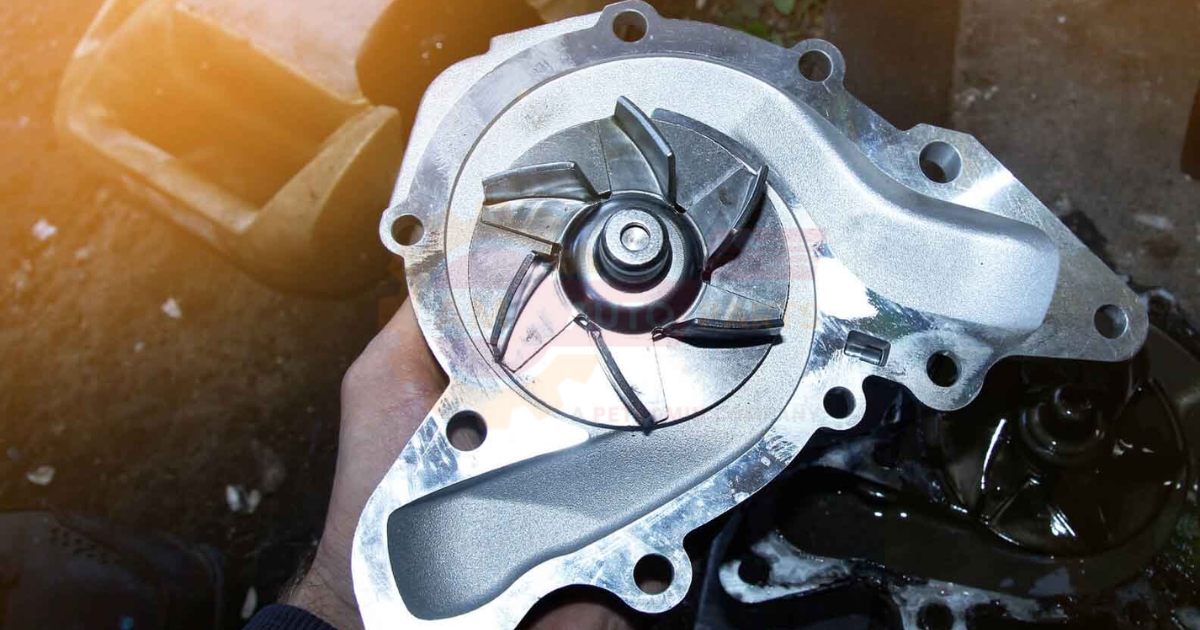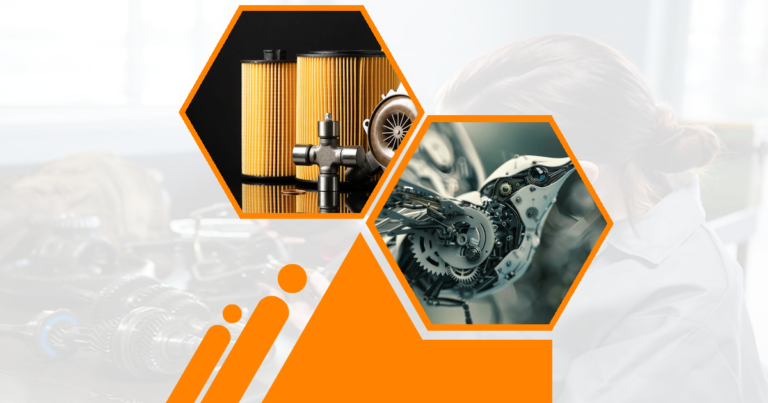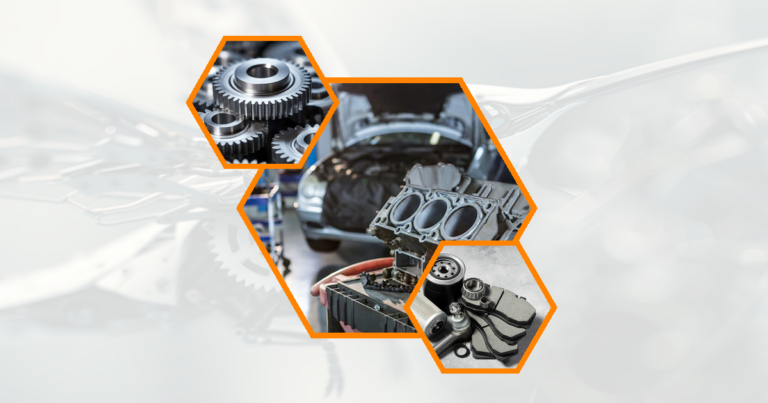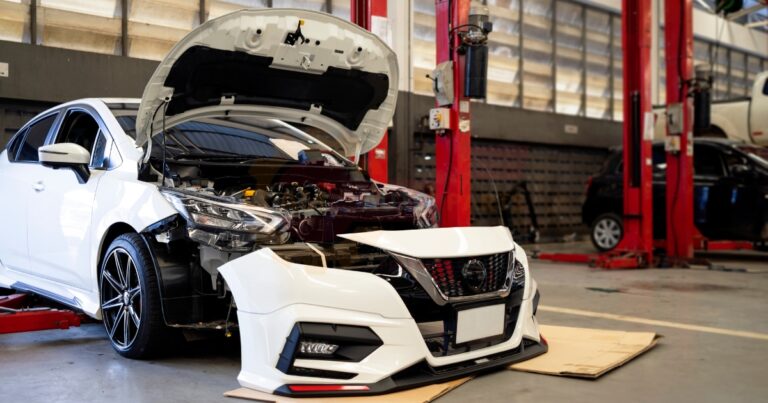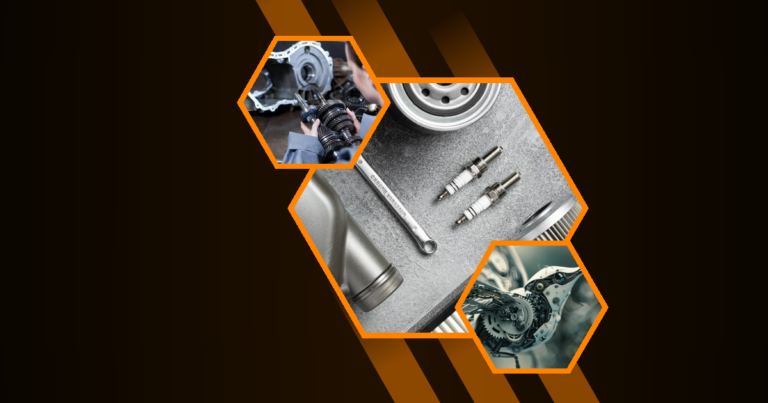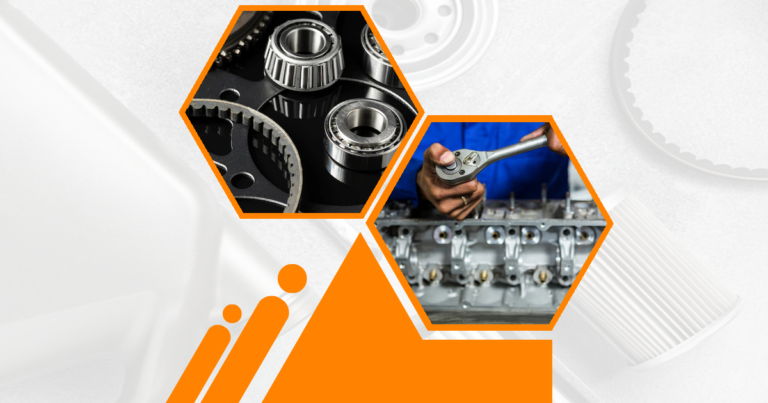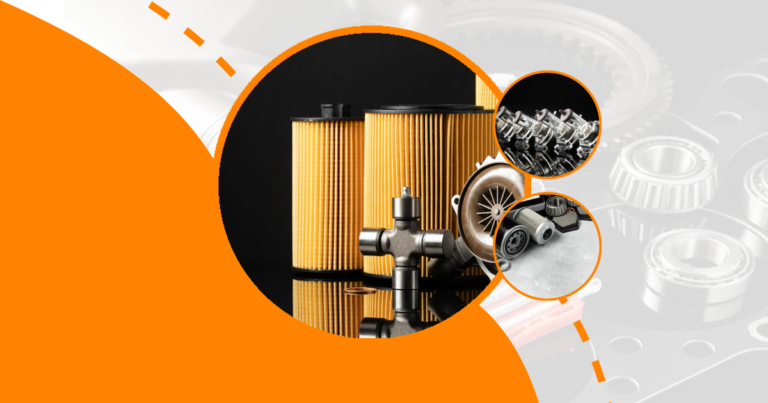What is a Car Water Pump?
A car water pump is a crucial component of a vehicle’s cooling system. It is responsible for circulating coolant from the radiator to the engine and back, ensuring that the engine operates at an optimal temperature. Without a functioning water pump, the engine would overheat, leading to severe damage and costly repairs.
The water pump of a car is typically driven by the engine’s timing belt or serpentine belt. It consists of an impeller, which is a rotating component that moves the coolant through the engine block, cylinder head, hoses, and radiator. This continuous flow of coolant helps to dissipate the heat generated by the engine, maintaining a stable operating temperature.
Key Functions of a Car Water Pump
- Circulates coolant through the engine
- Maintains optimal engine temperature
- Prevents overheating and engine damage
Understanding the Function of a Car’s Water Pump
Circulating Coolant Through the Engine
The primary function of a car water pump is to circulate coolant through the engine. The impeller inside the pump pushes the coolant through the engine block and cylinder head, absorbing heat from the engine components. The heated coolant then flows to the radiator, where it is cooled before being recirculated back to the engine.
- Ensures continuous flow of coolant
- Absorbs and dissipates engine heat
- Maintains engine efficiency
Maintaining Optimal Engine Temperature
Maintaining an optimal engine temperature is essential for the performance and longevity of the vehicle. The water pump helps regulate the engine temperature by ensuring a steady flow of coolant. This prevents the engine from overheating, which can cause significant damage to internal components.
- Regulates engine temperature
- Prevents overheating
- Enhances engine performance
Preventing Overheating and Engine Damage
Overheating can lead to severe engine damage, including warped cylinder heads, blown head gaskets, and even complete engine failure. The water pump plays a vital role in preventing these issues by ensuring that the coolant circulates efficiently, keeping the engine temperature within safe limits.
- Prevents engine damage
- Reduces risk of costly repairs
- Ensures vehicle reliability
Signs of a Failing Water Pump
Coolant Leaks
One of the most common signs of a failing water pump is coolant leaks. If you notice puddles of coolant under your car or a drop in coolant levels, it could indicate a leak in the water pump. Coolant leaks can lead to overheating and should be addressed promptly.
- Puddles of coolant under the car
- Drop in coolant levels
- Potential for overheating
Overheating Engine
An overheating engine is a clear sign that the water pump may be failing. If the pump is not circulating coolant effectively, the engine temperature will rise, leading to overheating. This can cause significant damage if not addressed immediately.
- Rising engine temperature
- Overheating warning light
- Potential engine damage
Unusual Noises from the Engine Bay
Unusual noises from the engine bay, such as whining or grinding sounds, can indicate a problem with the water pump. These noises are often caused by a worn-out bearing or a loose impeller, which can affect the pump’s performance.
- Whining or grinding sounds
- Worn-out bearing
- Loose impeller
Car Water Pump Replacement Cost Factors 
Vehicle Make and Model
The cost of replacing a car water pump can vary significantly depending on the make and model of the vehicle. Some vehicles have more complex cooling systems, which can increase the labor and parts costs.
- Varies by vehicle make and model
- Complex cooling systems increase costs
- Higher-end vehicles may have higher costs
Labor Costs
Labor costs are a significant factor in the overall car water pump replacement cost. The complexity of the replacement process and the time required can vary, affecting the total labor charges.
- Labor costs vary by location
- Complexity of replacement process
- Time required for replacement
Parts Quality and Warranty
The quality of the replacement parts and the warranty offered can also impact the cost. OEM (Original Equipment Manufacturer) parts are typically more expensive but offer better quality and reliability. Aftermarket parts may be cheaper but can vary in quality.
- OEM vs. aftermarket parts
- Quality and reliability
- Warranty coverage
| Factor | Impact on Cost |
| Vehicle Make and Model | Varies significantly |
| Labor Costs | Depends on complexity |
| Parts Quality | OEM vs. aftermarket |
| Warranty | Affects overall cost |
DIY vs. Professional Water Pump Replacement
Tools and Skills Required
Replacing a car water pump requires specific tools and mechanical skills. While some car owners may attempt a DIY replacement, it is essential to have the right tools and knowledge to avoid complications.
- Requires specific tools
- Mechanical skills needed
- Risk of improper installation
Time Investment
DIY water pump replacement can be time-consuming, especially for those with limited experience. Professional mechanics can complete the job more efficiently, saving time and reducing the risk of errors.
- Time-consuming for DIY
- Professional mechanics are faster
- Reduces risk of errors
Potential Risks and Complications
Attempting a DIY water pump replacement can lead to potential risks and complications, such as improper installation, coolant leaks, and engine damage. Professional replacement ensures the job is done correctly and safely.
- Risk of improper installation
- Potential for coolant leaks
- Professional replacement is safer
Extending the Lifespan of Your Car’s Water Pump 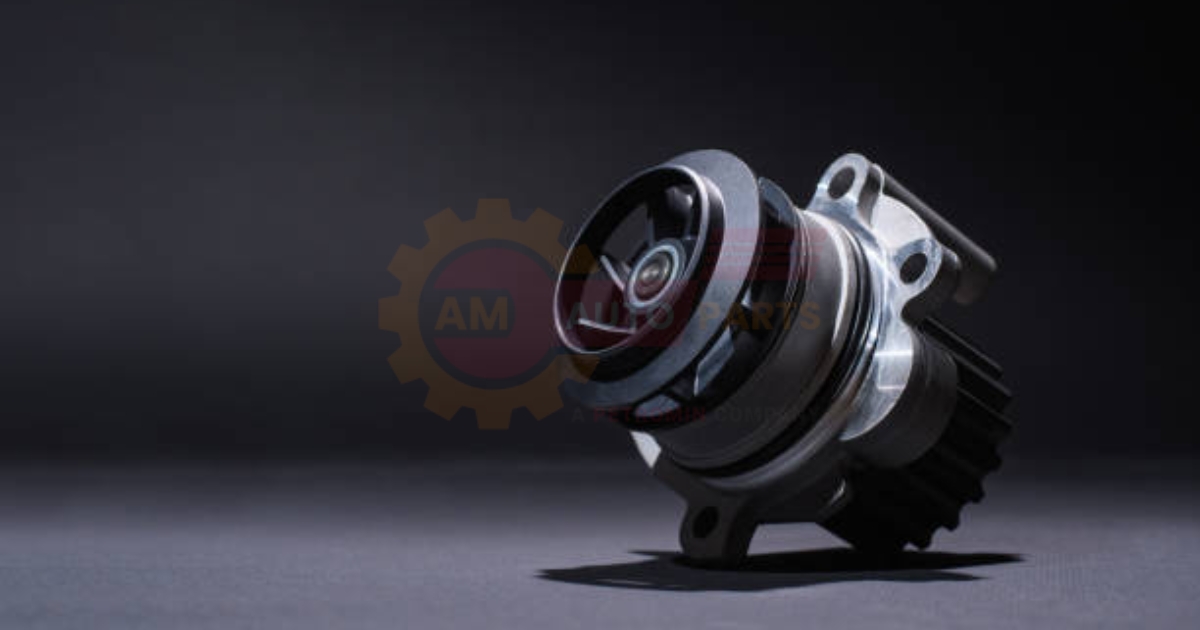
Regular Maintenance
Regular maintenance is crucial for extending the lifespan of your car’s water pump. This includes routine inspections, coolant flushes, and timely replacement of worn-out components.
- Routine inspections
- Coolant flushes
- Timely replacement of components
Using the Right Coolant
Using the right type of coolant is essential for the proper functioning of the water pump. Different vehicles require specific coolant formulations, and using the wrong type can lead to corrosion and damage.
- Use manufacturer-recommended coolant
- Prevents corrosion
- Ensures proper pump function
Addressing Issues Promptly
Addressing any issues with the cooling system promptly can prevent further damage to the water pump. This includes fixing leaks, replacing worn-out hoses, and ensuring the cooling system is functioning correctly.
- Fix leaks promptly
- Replace worn-out hoses
- Ensure cooling system functionality
Common Causes of Car Water Pump Leaks
Worn Seals and Gaskets
Worn seals and gaskets are common causes of car water pump leaks. Over time, these components can deteriorate, leading to coolant leaks and reduced pump efficiency.
- Deterioration over time
- Leads to coolant leaks
- Reduces pump efficiency
Corrosion and Rust
Corrosion and rust can also cause water pump leaks. Exposure to moisture and contaminants can lead to the corrosion of the pump housing and impeller, resulting in leaks and reduced performance.
- Exposure to moisture
- Corrosion of pump housing
- Reduced performance
Physical Damage
Physical damage to the water pump, such as cracks or dents, can cause leaks. This damage can occur due to accidents, improper installation, or wear and tear over time.
- Cracks or dents
- Accidents or improper installation
- Wear and tear over time
Importance of Timely Water Pump Replacement
Preventing Engine Damage
Timely water pump replacement is crucial for preventing engine damage. A failing water pump can lead to overheating, which can cause severe damage to the engine components.
- Prevents overheating
- Reduces risk of engine damage
- Ensures vehicle reliability
Maintaining Vehicle Performance
A properly functioning water pump is essential for maintaining vehicle performance. It ensures that the engine operates at an optimal temperature, enhancing efficiency and performance.
- Enhances engine efficiency
- Maintains optimal temperature
- Improves vehicle performance
Ensuring Safety on the Road
Ensuring the water pump is in good condition is vital for road safety. A failing water pump can lead to engine overheating and breakdowns, posing a safety risk to the driver and passengers.
- Reduces risk of breakdowns
- Ensures driver and passenger safety
- Maintains vehicle reliability
Choosing the Right Replacement Water Pump
OEM vs. Aftermarket Options
When choosing a replacement water pump, it’s essential to consider OEM (Original Equipment Manufacturer) vs. aftermarket options. OEM parts are designed specifically for your vehicle and offer better quality and reliability, while aftermarket parts can vary in quality.
- OEM parts offer better quality
- Aftermarket parts vary in quality
- Consider vehicle-specific requirements
Quality and Durability Considerations
Quality and durability are crucial factors when selecting a replacement water pump. High-quality pumps are more durable and provide better performance, reducing the risk of future issues.
- High-quality pumps are more durable
- Better performance
- Reduces risk of future issues
Warranty Coverage
Warranty coverage is an important consideration when choosing a replacement water pump. A good warranty can provide peace of mind and protect against potential defects or failures.
- Provides peace of mind
- Protects against defects
- Ensures reliable performance
The Water Pump Replacement Process
Draining the Cooling System
The first step in the water pump replacement process is draining the cooling system. This involves removing the coolant from the radiator and engine to prevent spills and ensure a clean working environment.
- Remove coolant from radiator and engine
- Prevent spills
- Ensure clean working environment
Removing the Old Pump
Once the cooling system is drained, the old water pump can be removed. This involves disconnecting hoses, removing bolts, and carefully extracting the pump from the engine.
- Disconnect hoses
- Remove bolts
- Extract old pump
Installing the New Pump
After removing the old pump, the new water pump can be installed. This involves positioning the new pump, securing it with bolts, and reconnecting the hoses. Finally, the cooling system is refilled with coolant. Auto parts pricing Enhance spare storage by organizing your closets and garage Use boxes and shelves to
Spare components taxation is when the government charges extra money on parts used to fix things This tax applies to replacement pieces for machines cars and other equipment Crucial auto upkeep helps keep your car running smoothly and safely Regular maintenance like oil changes and tire checks are part of
Automotive parts search helps people find the right pieces for their cars Using Auto transmission shifts Cars with
Wheel guides automobile help cars stay on the right path They make sure vehicles move smoothly and safely on roads Genuine parts verification helps make sure car parts are real and not fake It protects your car from damage caused by using wrong or low-quality parts
Crankshaft camshaft differentiation A crankshaft turns the up-and-down motion of pistons into spinning motion while a camshaft controls the opening and closing of engine valves Camshaft valve timing controls when engine valves open and close This timing affects how well the engine breathes and performs
Vibration control mechanisms help reduce shaking in machines and buildings These systems make things more stable and quiet by absorbing or redirecting unwanted movement Brake components compared Different parts of brakes are looked at side by side to see how they work and which ones are better for different types of cars and driving needs
- Position new pump
- Secure with bolts
- Reconnect hoses and refill coolant
Maintaining Your Car’s Cooling System
Regular Coolant Flushes
Regular coolant flushes are essential for maintaining your car’s cooling system. Flushing the coolant removes contaminants and ensures the system operates efficiently.
- Removes contaminants
- Ensures efficient operation
- Extends cooling system lifespan
Inspecting Hoses and Belts
Regularly inspecting hoses and belts is crucial for preventing issues with the cooling system. Look for signs of wear, cracks, or leaks, and replace any damaged components promptly.
- Look for wear and cracks
- Replace damaged components
- Prevents cooling system issues
Addressing Leaks Promptly
Addressing any leaks in the cooling system promptly is essential for preventing further damage. Leaks can lead to coolant loss and overheating, so it’s important to fix them as soon as they are detected.
- Fix leaks promptly
- Prevents coolant loss
- Reduces risk of overheating
According to the National Highway Traffic Safety Administration (NHTSA), engine cooling system failures are responsible for approximately 5% of all vehicle breakdowns on U.S. roads. (Source: NHTSA )
By understanding the importance of the water pump in your car’s cooling system and taking proactive steps to maintain it, you can ensure your vehicle runs smoothly and efficiently. Regular maintenance, timely replacements, and choosing high-quality parts are key to keeping your car’s water pump in optimal condition.
Frequently Asked Questions:
How long does a car water pump typically last?
A car water pump typically lasts between 60,000 to 100,000 miles, depending on various factors such as vehicle make, model, and maintenance history. Regular maintenance can help extend the lifespan of the water pump.
Can you drive with a leaking water pump?
Driving with a leaking water pump is not recommended, as it can lead to engine overheating and severe damage. It’s best to address the issue immediately to prevent further complications and costly repairs.
How do I know if my car needs a new water pump?
Signs that your car may need a new water pump include coolant leaks, overheating engine, unusual noises from the engine bay, and steam coming from under the hood. If you notice any of these signs, it’s essential to have the water pump inspected and replaced if necessary.
Is replacing a water pump expensive?
The cost of replacing a water pump varies depending on the vehicle make and model, but typically ranges from 00 to 50 for parts and labor. Factors such as labor costs, parts quality, and warranty coverage can influence the overall cost.
